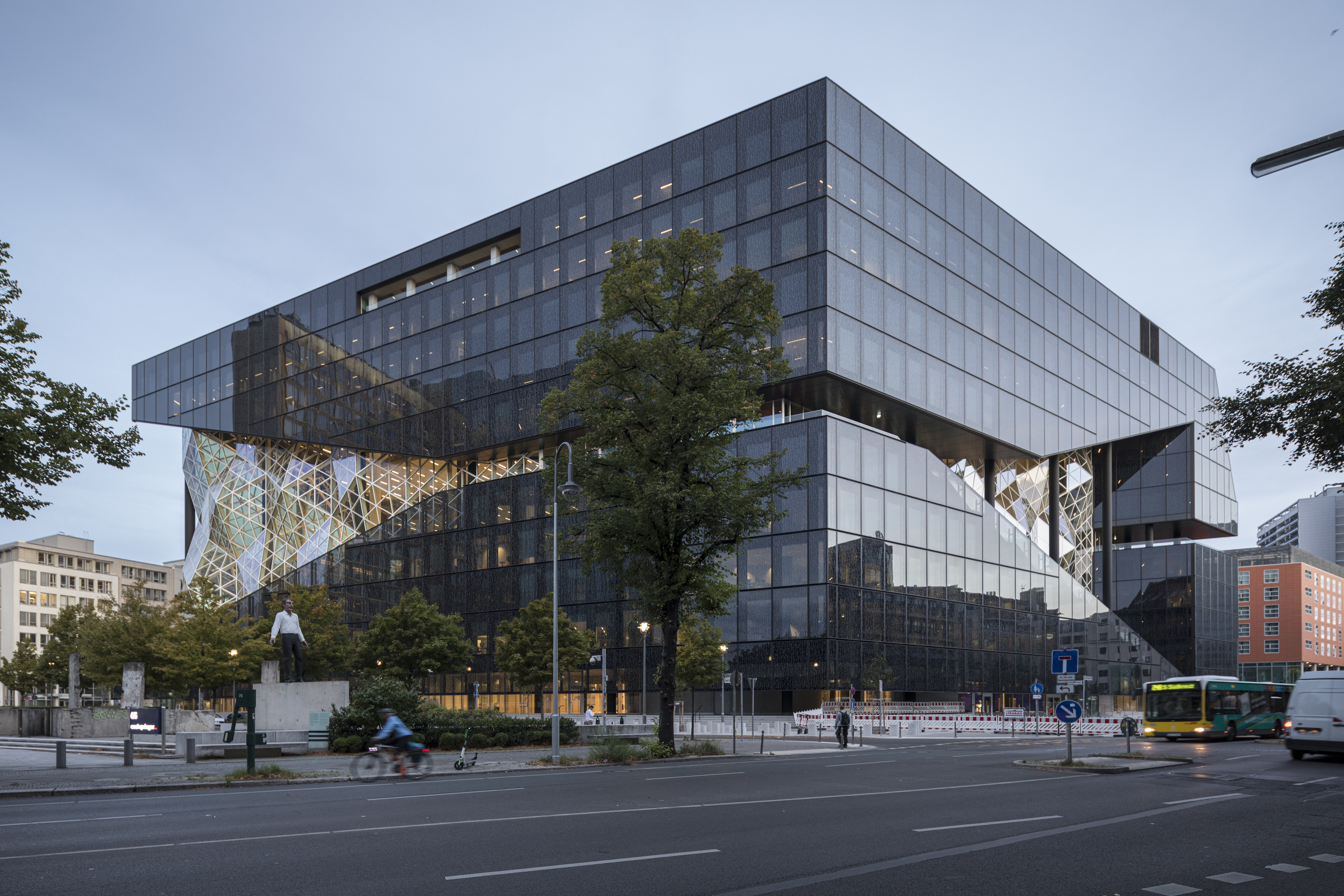Modern architecture is and should be more than monochrome, rectangular glass boxes
There are two likely fates that await older buildings: Either they are preserved as heritage sites (or repurposed by virtue of adaptive reuse) or they are disregarded, left to ruin, and replaced by more modern structures.
And unfortunately, while new normally connotes the arrival of an improvement, the replacement typically comes in the form of an uninspired gray box.
READ: In memoriam: Historical structures we lost over the years
“If you look at a city like Jakarta or Bangkok, you see that the new developments are overtaking the old underlying fabric and networks to a level that it starts to look more and more like any American city,” says architect and partner at the Office for Metropolitan Architecture (OMA) Chris van Duijn.
Van Duijn has been a partner at OMA since 2014 and leads their work in Asia. He joined the practice in 1996 and has been involved in some of OMA’s most renowned projects such as Universal Studios in Los Angeles, the Prada stores in New York and Los Angeles (2001), Casa da Música in Porto (2005), CCTV Headquarters in Beijing (2012) and Prada Transformer in Seoul (2009).

Among his recently completed projects are Hanwha Galleria department store in Seoul (2020), MEETT Toulouse Exhibition and Convention Centre (2020), Axel Springer Campus in Berlin (2020), and Genesis Gangnam car dealership in Seoul (2018).
On his recent research trip to the Philippines, we talked to Van Duijn about Manila’s architectural identity, the balance between form and function, and the challenges in design today.
What are you on the lookout for on this research trip?
Curiosity. I personally don’t know much about what is happening in Manila. I see the Philippines from the news but at the same time, it is unexplored territory. Although it’s such a big country, we did not have any leads coming in until very recently. We do not have any concrete plans or specific intentions, other than to understand more, by talking to people, visiting places, and absorbing as much as possible.
“If you look at a city like Jakarta or Bangkok, you see that the new developments are overtaking the old underlying fabric and networks to a level that it starts to look more and more like any American city.”
Based on your observations so far, what do you think makes Philippine architecture uniquely Filipino?
Manila is an interesting city, which also at the moment, still feels quite authentic to me. You see the various developments from Intramuros to BGC, and you have this urban soup that basically connects all of those realms. You see the structures, the development, and the many influences from the past.
And what I think would be the challenge is to keep Manila the kind of city that is very Manila. All of these cities that have been developing so fast—and to such a large scale—gradually lose their identity. They all look generic.
READ: Vicki Belo bares her own brand of beautiful
The challenge is how do we translate our expectations of cities of today—of buildings today—in such a way that we don’t end up with glass boxes that could’ve been built anywhere.
“The challenge is how do we translate our expectations of cities of today—of buildings today—in such a way that we don’t end up with glass boxes that could’ve been built anywhere.”
As an architect, what is your perspective on the relationship between form and function with regard to your designs?
That depends on how you define function. If you think of a library, you can design one with the idea that collections can grow and expand—and maybe there will be less books in the future—and maybe you can use that same area as commercial office space later. You can build it as a generic building with columns and glass facades and it will function as a library.
But if you really dive into the idea of a library, you’ll see that the books, the reading and study spaces, where books are being fixed and repaired—these are all different problems that would benefit from a different type of flexibility. If you translate that to a building, you will get something like we did in Seattle.
That is an example of form follows function, where we identify the functionality of a building and translate that into architecture.
How do you approach the difference in cultures in your practice?
I have traveled to Bangkok, Korea, China, and Hong Kong meeting different clients. They are completely different settings with different hierarchies and cultural understandings. It’s a matter of being open to those differences and wanting to engage with them. And then it’s a matter of investing in understanding it. Understanding a country doesn’t mean that we speak the language. It goes beyond Googling to see what the 10 most-visited places in the city are.
“We don’t want to bring in generic global architecture that could be built anywhere else in the world. The challenge is to make something bespoke and a good contribution to that place.”
How do you balance modern contemporary design with country-specific tastes and traditions?
Our clients do not ask us for buildings that are local—there are better people, local architects who know much better than we do. And at the same time, we don’t want to bring in generic global architecture that could be built anywhere else in the world. The challenge is to make something bespoke and a good contribution to that place. And when that happens, we have done our job.
The interview has been edited for length and clarity